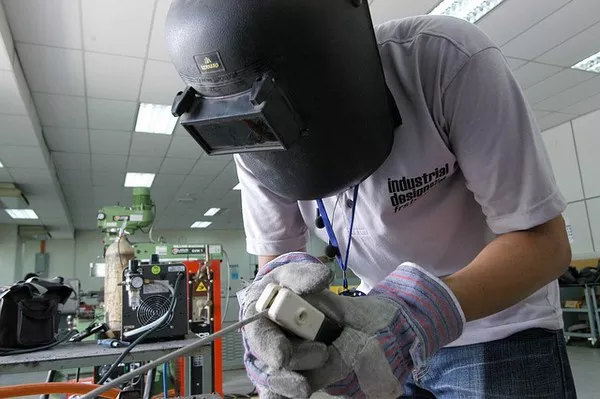Two workers at the tsunami-ravaged Fukushima Daiichi nuclear power plant were hospitalized after being accidentally exposed to a liquid contaminated with radioactive materials, officials announced on Thursday.
The incident unfolded on Wednesday during a routine cleaning operation at the Advanced Liquid Processing System (ALPS). The ALPS is a crucial wastewater filtering facility responsible for treating the radioactive wastewater that has accumulated at the plant and for its controlled discharge into the sea.
During the cleaning procedure, a drainage hose unexpectedly detached, resulting in the inadvertent splashing of the workers with the radioactive liquid waste. It’s worth noting that the tainted liquid was distinct from the wastewater circulating within the ALPS.
All four workers engaged in the cleaning operation were equipped with full-face masks, and subsequent tests confirmed that none of them had ingested any radioactive particles. As of now, none of the affected workers have exhibited any adverse health effects, according to Tokyo Electric Power Company Holdings (TEPCO), the operator of the Fukushima Daiichi plant.
A fifth worker, also assigned to the cleaning task, was away from the scene when the incident occurred.
TEPCO initiated the contentious wastewater discharges from Fukushima Daiichi on August 24, a plant that endured triple meltdowns in the aftermath of the 2011 earthquake and tsunami. These discharges, which are slated to continue for the foreseeable future, have faced strong opposition from fishing associations and neighboring countries, notably China, which promptly imposed a ban on all Japanese seafood imports.
TEPCO, having successfully completed the first two rounds of planned discharges, is currently preparing for a third round set to commence in early November. Junichi Matsumoto, a TEPCO executive overseeing the treated wastewater discharge, affirmed that Wednesday’s accident would not disrupt the discharge schedule.
In the aftermath of the incident, two of the four affected workers managed to decontaminate themselves to the extent that they could exit the plant. However, the remaining two workers, whose hazmat suits and undergarments had absorbed the liquid, were unable to sufficiently reduce their radiation levels. Consequently, these individuals were transported to a hospital for further decontamination and observation, as confirmed by TEPCO.
Of the hospitalized workers, one in his 20s exhibited radiation exposure over his entire body, except for his face, while the other, in his 40s, showed exposure in the abdominal area. The risk of skin burns resulting from radiation exposure was deemed exceedingly low, as indicated by a medical evaluation conducted on the two workers, according to TEPCO.

